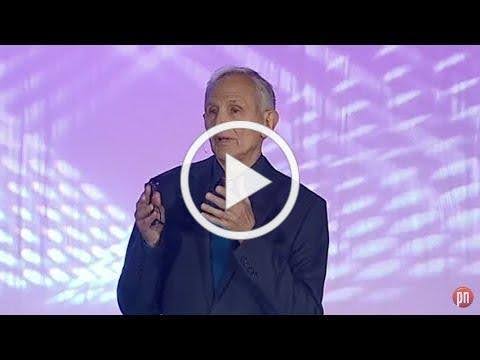
Modern psychotherapy usually deals with trauma and its aftermath in a very 20th century, materialistic way. This is evident in the label PTSD (Post-Traumatic Stress Disorder). Trauma recovery is often treated as if post-trauma symptoms, such as anxiety, depression, insomnia, etc., were a disease.
For native shamans around the world, trauma recovery is often the practice of “soul retrieval”, which I think of as the retrieval of our connection to our soul that trauma disrupts. I define “soul” as the unique expression of who we are as individuals. It is the deepest and wisest part of our humanness. And it is the part of us that is normally connected with Spirit–or the greater being-ness of who we are beyond our individual identities or egos.
Reconnecting with the Soul Through Holistic Healing
Fortunately there are current practitioners who approach trauma treatment more holistically. They recognize the need to heal the client’s deeper unconscious egoic aspects as well as the conscious aspects of the mind and body. But in actuality, anything that causes a disconnection from our deeper soul wisdom is a trauma.
I utilize a combination of therapeutic techniques such as Somatic Experiencing, hypnotherapy, Internal Family Systems, and EMDR to help my clients reconnect at a deeper soul-level and heal from the effects of trauma. “Soul-loss” simply means that the client has become disconnected from the deeper, wise part of her being, or the part of her connected with Spirit or with the greater seamless oneness of existence.
Listening to the Body and Creating Space for Healing
The body stores the trauma; and physical and emotional symptoms are signs of this. The trauma doesn’t have to be a physical trauma, like a car accident. Emotional traumas, such as a rape, also cause a disconnection from the soul. It can be worked through by tuning into the physical and emotional symptoms and allowing them to tell us what they need to be healed. Our bodies are very wise when left to their own devices, without the interference of our minds. We can learn to develop our capacities to allow our bodies to heal through a kind of deep listening to bodily symptoms. At the same time we “hold space” for the symptoms to unfold as they will. And we remain curious and nonjudgmental of the symptoms and whatever they want to share.
You can try this, by allowing yourself to sit quietly and reconnect with the memory of a small trauma. As you notice physical sensations arise, do your best to let them unfold as they will without judging them or shutting them down–unless they become overwhelming. Just be curious about how the body wants to express and discharge trauma-related emotions. This actually helps your body begin to heal.
In this video clip from his 2013 Psychotherapy Networker keynote address, “Trauma and the Unspoken Voice of the Body,” trauma expert and bestselling author Peter Levine explains how the body stores the memory of a traumatic event.
If you’re seeking deeper healing and reconnection after trauma, trauma therapy can help you rediscover your inner wisdom and sense of wholeness.
